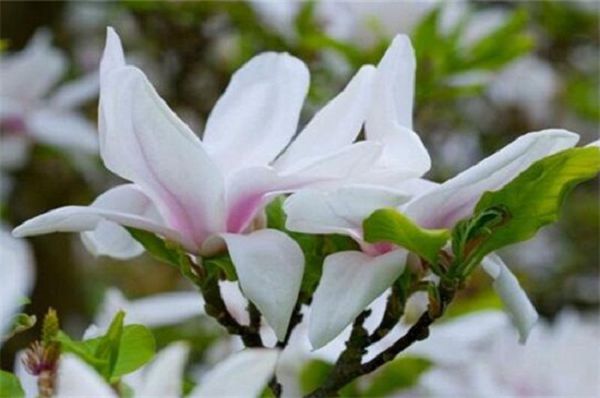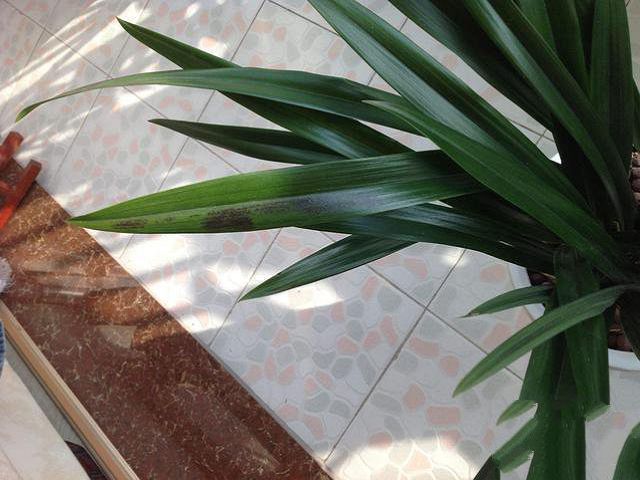Can orchids be soaked with potassium dihydrogen phosphate before potting?
? The exact answer is no. Potassium dihydrogen phosphate is a compound fertilizer with high phosphorus and potassium. Under normal circumstances, when it is applied to plants, it mainly supplements two main elements of phosphorus and potassium to plants, promotes plant flowering and fruiting, strengthens plants, and improves plant resistance to lodging and cold. It can be applied only if the plant and root system are intact and have the ability to absorb nutrients and water. Before the orchid pot, the root system is exposed, in most cases, it will be seriously injured, lose its absorptive capacity, and can not absorb the nutrients in potassium dihydrogen phosphate solution at all. It not only can not play the role of supplement nutrients, but also easily burn the original roots.
Before the orchid is put on the pot, some disinfectant and germicidal agents can be properly used to simply disinfect the root and substrate. For example, carbendazim, chlorothalonil and other solutions, but no matter what disinfection agents are used, do not overuse, the concentration of the solution must be in strict accordance with the instructions, otherwise it is also possible to burn the roots.
In addition to simply disinfecting the plants, the following points need to be done to ensure that the orchids can grow normally as soon as possible.
First, the pot time and ambient temperature of orchids. Orchid pot time had better choose to be carried out in spring, when the orchid has just or is about to enter the growth active period, which is very beneficial to take the pot as soon as possible. And the environmental temperature in spring is a gradually rising process, the cell tissue division of the orchid plant is gradually accelerated, and the temperature increases gradually, the orchid will grow new roots in the shortest time and complete the basin process.
Second, the selection of orchid substrate is well prepared for later growth. Orchids belong to fleshy roots, which are extremely afraid of stagnant water, which will cause rotten roots in a short time. The drainage of the planting substrate must be very good and have a certain degree of moisture retention. Orchid matrix collocation is varied, each region, each florist has its own collocation method. Personally, I think that rotten leaf soil, rotten pine bark and coarse sand are more suitable for their own use at 4:3:3. You can refer to them.
Third, the conservation environment of orchids after potting is also an important factor for orchids to take pots as soon as possible. Warm but not hot, moist air and matrix, bright scattered light and good ventilation are the prerequisites for orchids to take pots as soon as possible.
Summary: the method of orchid potting and the maintenance of the environment after potting is the external cause of taking the pot or survival as soon as possible, which should be done as far as possible.
- Prev

How to maintain Magnolia Magnolia in flowering period and prune it properly with sufficient light
How to maintain Magnolia Magnolia in flowering period and prune it properly with sufficient light
- Next

How to tell if the orchid suit is not in the basin?
How to tell if the orchid suit is not in the basin?
Related
- Is the orchid suitable for indoor use? Is it good for the body?
- How to prevent the empty root of orchids?
- What to do after the crab claw orchid is withered?
- Why are the leaves of orchids always yellow? Fertilizing and watering.
- Can the root of the gentleman orchid be saved if it is rotten?
- Diagnosis and treatment of cotton-blowing beetle insects in Cymbidium
- There is a way for a gentleman's orchid to rot.
- What is the most suitable temperature and humidity for the orchid?
- How to raise a gentleman's orchid? Cultivation techniques of Cymbidium
- How to prepare the nutritive soil for the cultivation of Cymbidium

